SANA (2023) + SANA: LET ME HEAR (2024)
A band discover a mysterious cassette tape containing only a simple melody, which comes with sinister consequences for those who hear it...
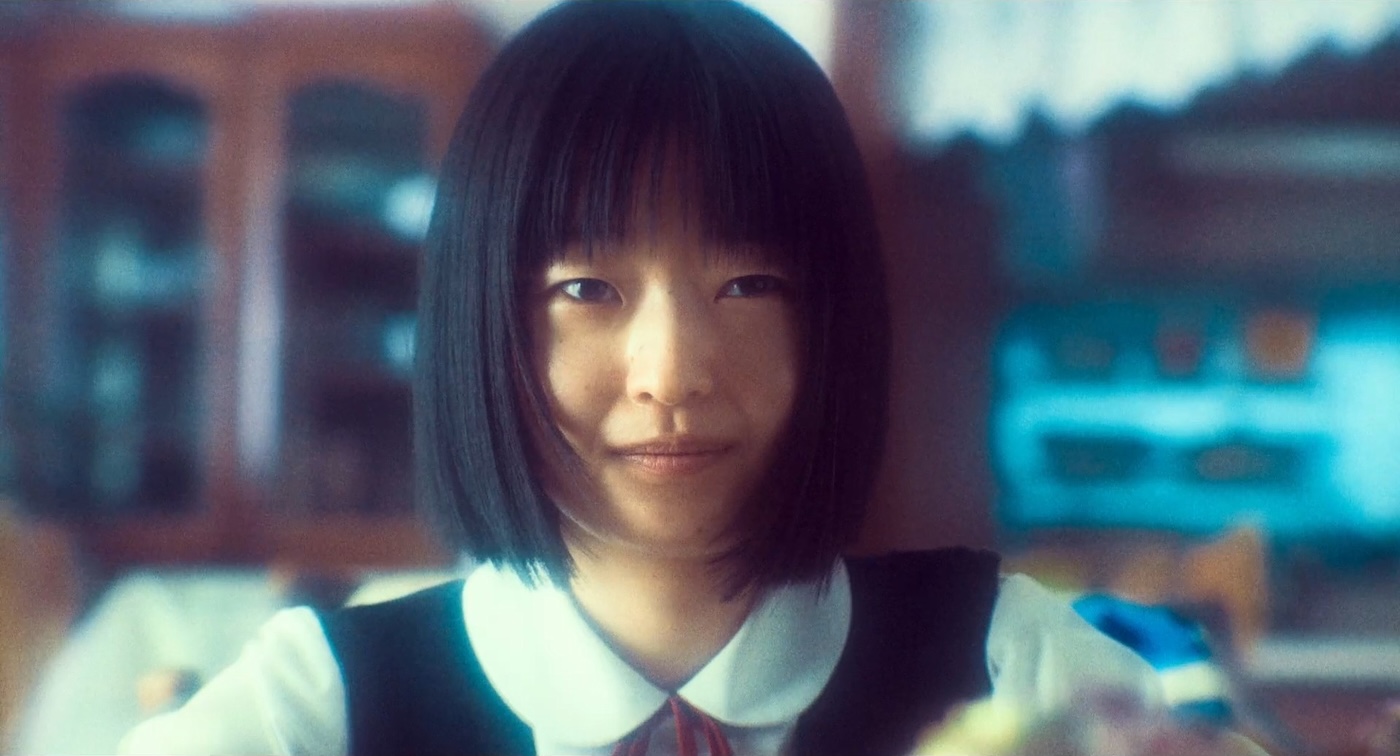
A band discover a mysterious cassette tape containing only a simple melody, which comes with sinister consequences for those who hear it...

Never has the phrase “a haunting melody” been used more fittingly than to describe the central motif in this duology of ghost stories, now streaming exclusively on Arrow Video with a Blu-ray boxset to follow in 2026. The two Sana movies are really two parts of the same story that sits in a subset of J-Horror concerning infectious media—where an intangible image or sound has the power to change a person and steer their destiny along a darker path.
Hideo Nakata’s Ringu / The Ring (1998) may be the best-known early example of this motif, where the cursed video tape foreshadows, or even causes, the deaths of those who view it. Though Kiyoshi Kurosawa’s Cure (1997) released a year earlier also featured a similar harbinger-of-death video. In Sana / ミンナのウタ, it’s a leitmotif that anyone who hears is compelled to hum and pass on — a viral tune warping reality, summoning deadly happenstance and ghosts.

Media corporation LDH Japan had a hand in the production of both movies. Originally founded in 2003 by idol group Exile for autonomous management, it has since expanded and represents many more bands and solo singers as well as branching out as a casting agency. Sana seems to have been conceived as a promotional vehicle to celebrate 10 years since the debut album of Generations (from Exile Tribe), a popular J-Pop boy band who star as themselves, alongside a handful of other idols including Akari Hayami of the girl group Momoiro Clover.
In Japan, this would’ve been a major draw but it’s less of a distraction for those unfamiliar with the scene and doesn’t get in the way of the storytelling. It’s nothing new for Japanese media organisations to cross-pollinate different media formats, positioning singers as actors and vice versa. This has been common practice since the ‘Pop-Song-Movie’ genre of the 1950s and dawn of the idol system. Although Sana: Let Me Hear / あのコはだぁれ? stars Nagisa Shibuya, former captain of Team M as part of the ever-evolving J-Pop idol group NMB48, it doesn’t feel like a star vehicle one bit and is one of those rare examples of the superior sequel.
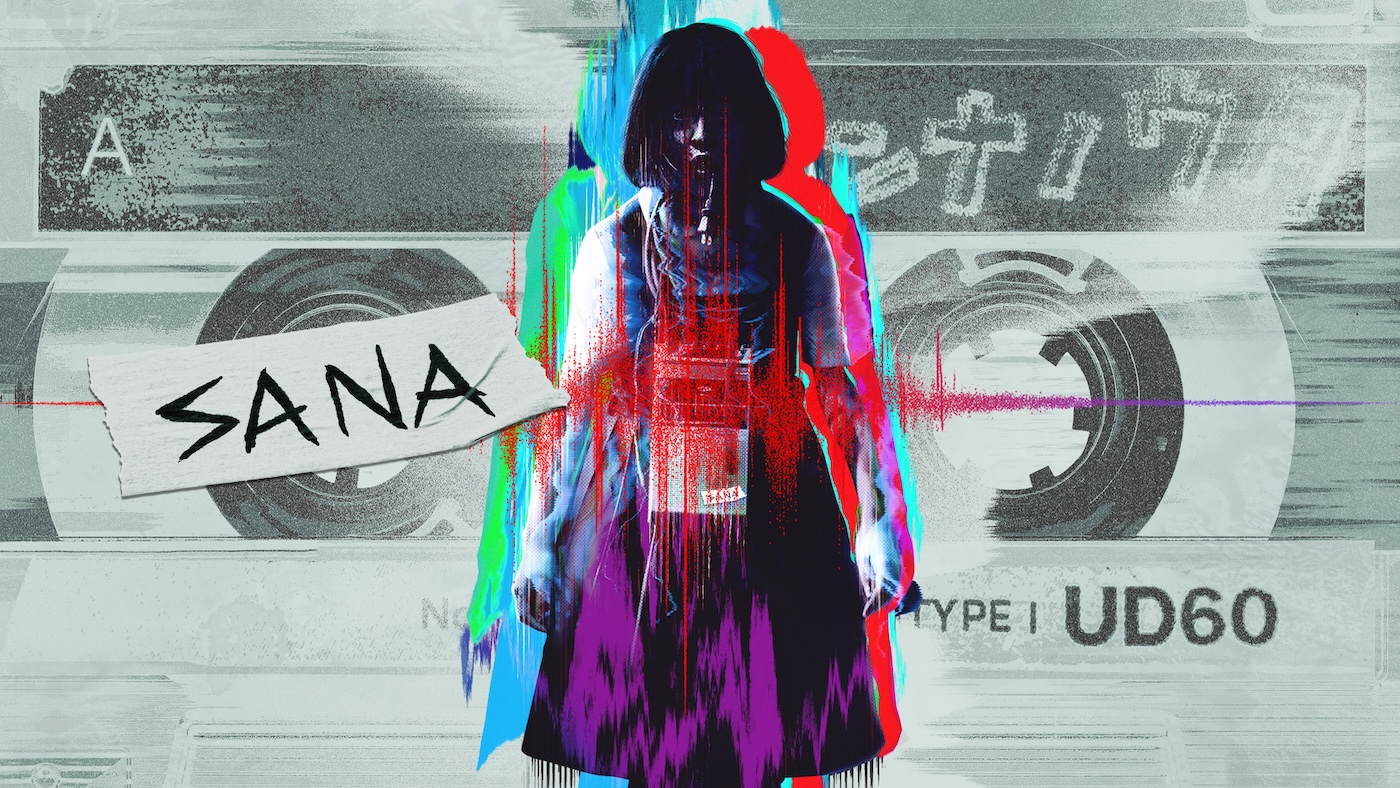
People who hear a cassette tape’s melody gradually begin to hum it themselves and become involved in a mysterious incident…
While investigating a forgotten storeroom at the radio station where she works, Asuka (Hana Amano) finds an old cassette tape in a box of unopened mail. According to the postmark, the package was sent in by a listener 30 years ago along with a simple note from Sana Takaya asking for the cassette to be played. In the studio, guest host Komori (Hayato Komori) is on air when a phone-in caller with an eerily hollow voice asks if her cassette tape arrived. Asuka and Komori will be the first to vanish.
The supernatural wastes no time in coming to the fore, which is good as the narrative needs time to unravel and reveal several entwined back-stories. In fact, one film isn’t enough as much of the payoff comes in the superior and very satisfying second instalment. It’s a compelling opening gambit, typical of director Takashi Shimizu, best known for his four Ju-On films (2000–03), which helped to define J-Horror, and two English-language remakes (2004, 2006) starring Sarah Michelle Geller, that introduced a broader audience to the distinct sub-genre. Not to mention the rather poor 2020 remake.
Komori is one of the members of Generations and, if you didn’t know that already, there’s some useful exposition when Tsugutoshi Gonda (Makita Sports), a beleaguered ex-police detective, is brought in to investigate. He questions each remaining member of the group about the behaviour of their missing colleague in the days leading up to his disappearance. Here we have a Rashomon-style retelling of events from sometimes differing perspectives as each member had their own dynamic with Komori and interpret the same events according to their interpretations. Plus, some accounts include glimpses of a schoolgirl that others don’t recall. This expositional sequence does seem a little laboured and I suspect it was there to ensure each member of the band had their time in the spotlight, for contractual purposes and to please their fans, of course.

Gonda is given a time limit of just three days to bring Komori back, as that’s when the band are scheduled to play the Ariake Arena in Tokyo to kick off their anniversary tour. If he’s successful, he will receive generous compensation. If he fails, nothing. And he desperately needs the money to cover his daughter’s tuition fees.
If subtext is a way for you to enter and engage with a narrative, then there’s a rich vein to be mined throughout both movies. For example, it’s telling that Komori’s disappearance attracts such attention, when no one notices that Asukahas also gone. Immediately, we are dealing with pertinent themes of celebrity and the relative values placed on individuals, the pressures of fame, the unnoticed people working behind the scenes of society to make all the big stuff happen, perhaps even the dynamics of gender.
Sana gets all this out of the way in the extended pre-titles sequence and proceeds to deliver all the things J-Horror does well. Such as transforming something as mundane as the void under a vending machine into a space filled with foreboding and dread. Of course, credit for the creation of such a wonderfully unnerving atmosphere must be shared by cinematographer, Tai Ouchi who comparatively recently transitioned to film from game cut-scenes and digital effects.
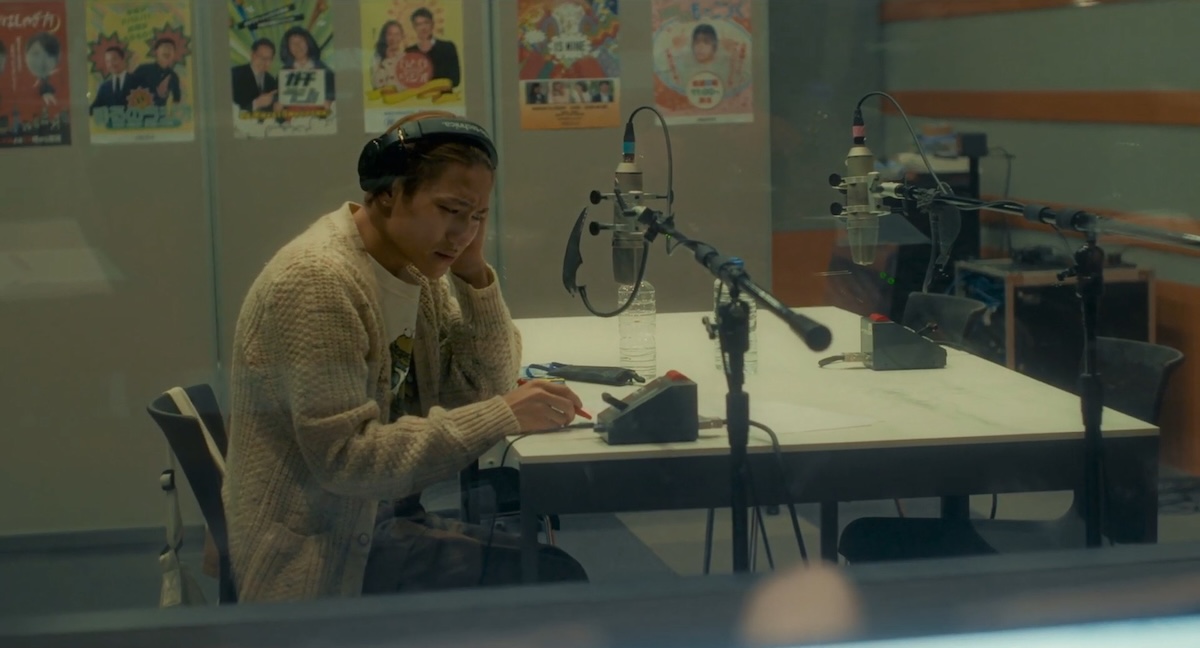
We gradually learn what happened 30 years earlier when bullied schoolgirl, Sana (Tomoko Hoshi) saw her hopes of becoming a song-writer slowly slipping away and decided to try and compose the ultimate song that would literally capture the listeners’ soul and gradually draw them into her world. Sadly, she becomes incrementally more dissociated and disillusioned with her world.
Tomoko Hoshi is confidently subdued and often affecting in a central role which presents various facets of the character’s persona—heartrendingly vulnerable at times, sometimes chillingly sinister, often inscrutable and reminiscent of Miho Kanno’s portrayal of Tomie (1998) or, indeed Miki Sakai’s interpretation of that iconic character in Tomie: Rebirth (2001) which was directed by Takashi Shimizu, which accounts for the very similar tone and iconography.
Sana is an enjoyable slice of J-horror with a slow build to some expertly delivered jump scares and a few very creepy moments as would be expected. However, some are so subtle they’re easily missed first time through. Others are completely in your face and seemingly out of place. The full manifestation of Sana’s grotesque ghost, fused with power cables and electrical goods being a moment that’s so OTT it may elicit a gasp of horror but in my case, it was a gleeful chuckle. Sana is solid but, really, it’s just the preamble to part two, which takes everything up a notch and knocks it out of the park. Or maybe a better term would be right off the school roof!
JAPAN | 2023 | 103 MINUTES | 16:9 HD | COLOUR | JAPANESE
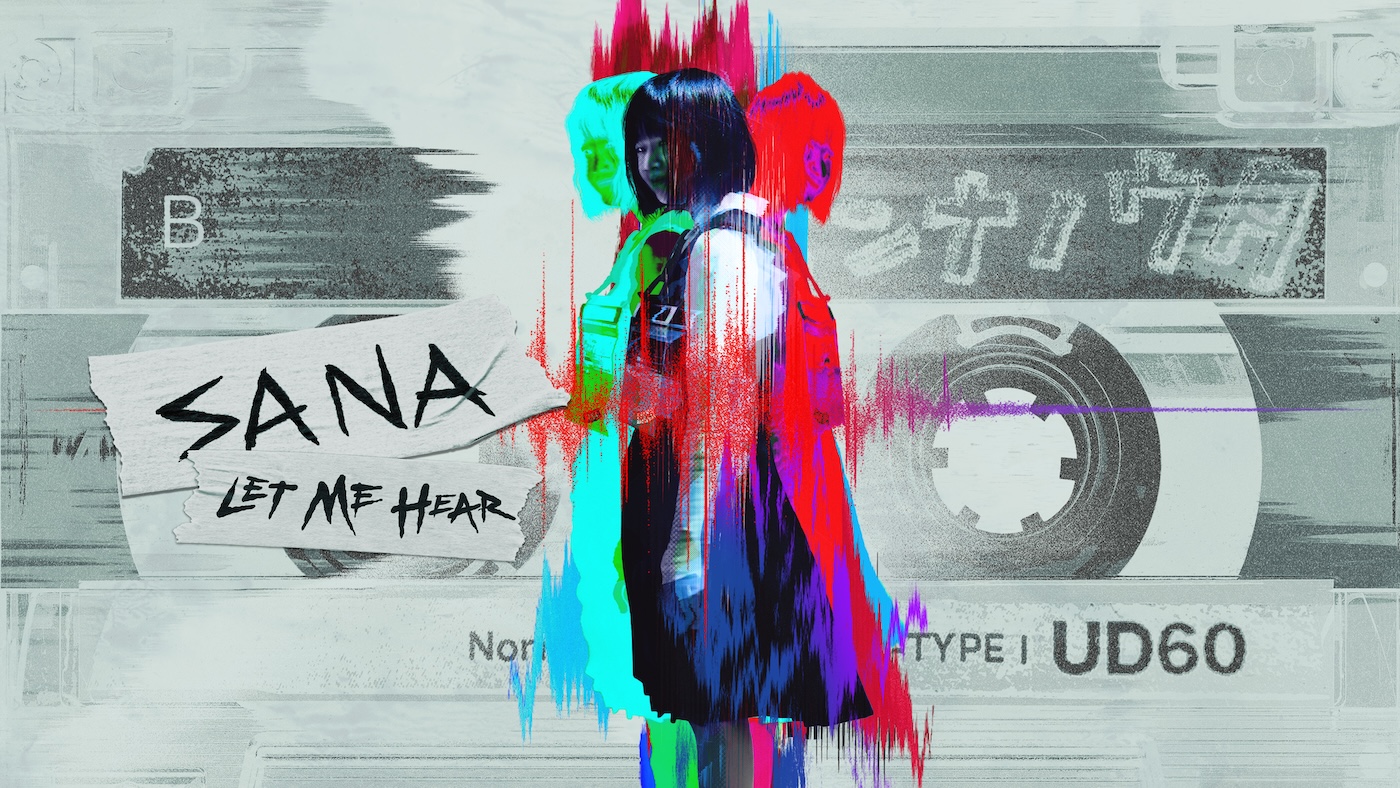
One summer, five men and women take supplementary classes with a student who’s not supposed to be there…
Those who watch a lot of Asian cinema and television will note that roof spaces often feature prominently as the stage for pivotal narrative events. The Sana duology is no exception and the inciting incident, which we glimpse in part one, takes on mythic significance during this second part.
In a big metropolis the uncluttered roof offers a space where one can feel a little alone, apart from and above ‘the rest of them’. A place where individuality and non-conformity can be nurtured. So, when shared with another, it’s a place for intimacy, confessions, romance. The same goes for the school roof which seems to be a prominent location in so much anime, for example.
However, the school roof also takes on a different role. Schools in big cities are unlikely to have any significant grounds, so their usually expansive flat roof becomes a place away from the rules of school and the eyes of the teachers. Schools here in the UK also have these places. Classically, it’s behind the bike sheds or in an access area that’s out of bounds where kids go to scuffle, play cards and try to get high smoking spider webs they gathered from an outbuilding… (Even the Top Trumps CCG was banned as gambling in my school so, I was one of the bad boys.) Therefore, the school roof can take on the same role of a liminal space where model behaviours are no longer adhered to. With its elevation and implied danger of falling it becomes a place of pending violence.
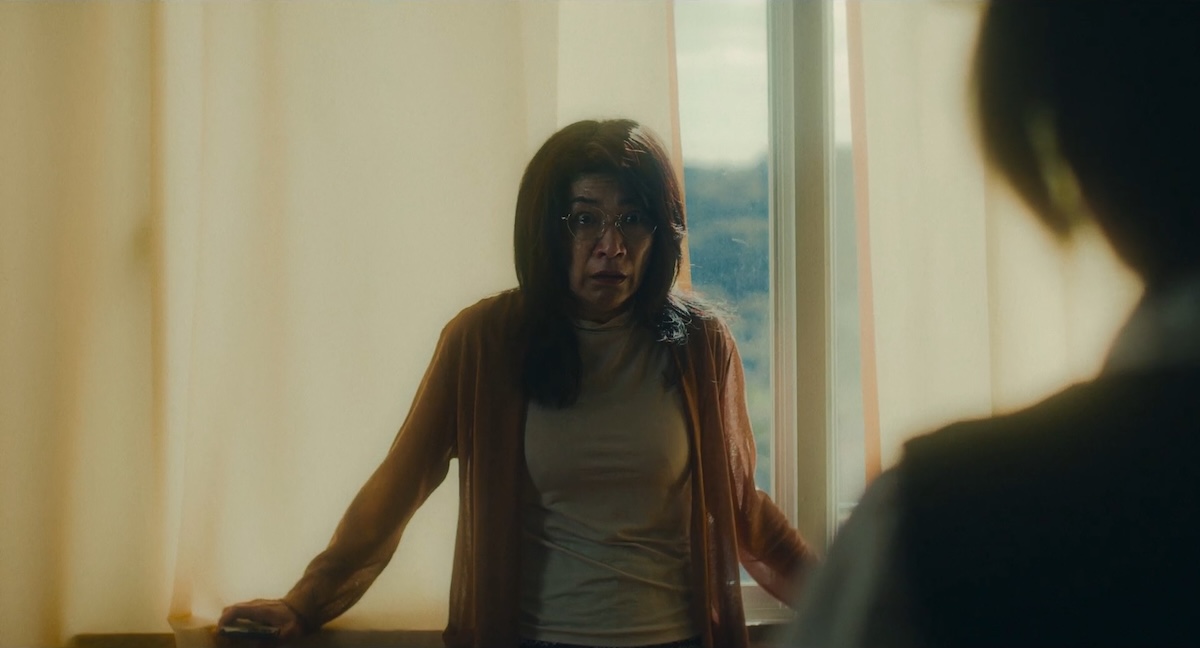
This time, the opening scenes set the tone with a brilliantly staged shock that will leave audiences reeling even as something more subtle and suitably creepy occurs almost simultaneously. However, it does involve the gap under a vending machine. The continuity between the two films is seamless as both were written as one cohesive narrative by Rumi Kakuta and Takashi Shimizu, though it seems to me they saved the best stuff for part two.
After both being severely traumatised by the same violent event in the first five minutes, Honoka Kimijima (Nagisa Shibuya) is surprised to meet student Hitomi Miura (Hayase Ikoi) at the school where she will be providing maternity cover for special summer classes. This means that the large school will seem relatively empty and just a tad eerie with just the students for one summer class in attendance. A new teacher and pupils from different classes means that no one notices that Sana has joined them. By now, Tomoko Hoshi owns the role—her only screen credits so far but destined to add many more, if she so wishes.
Making her feature debut after a string of TV dramas, Nagisa Shibuya is very good in the lead and, with just a handful of supporting credits, Hayase Ikoi is certainly a rising star and deftly carries her central role, not long after her first lead in Worlds Apart (2024) which featured co-star Sometani Shota. He’s also very good here in a far less demanding role as he spends much of his screen time in a coma.

Sana: Let Me Hear builds on everything part one promised and serves up crowd-pleasing, near definitive, J-horror alongside a profound exploration of urban hauntology. This sophisticated contemplation poetically parallels societal, political, and personal patterns of behaviour that become ‘stuck on repeat’. Summed up by the adage that, “those who do not remember the past are doomed to repeat it.”
Aspects of Sana’s haunting also repeat, echoes of the past that still resound in the present, but this also has obvious parallels with a catchy pop song that repeats its chorus for emphasis and becomes an ear-worm. Sometimes, we will play our favourite song on repeat. Conversely, a tune may chase itself annoyingly around inside our head. This has an extra dimension of meaning relating to memories—we actively recall the good times but, equally, intrusive thoughts linked to past trauma can come unbidden and darken one’s mood. Like many classic ghost stories, the Sana movies posit that trauma cannot be resolved until it is recognised, retold and acknowledged.
The cassette tape is more than a MacGuffin. It’s a relic of analogue media in a rapidly, often bewildering digital A.I. age. The screenplay regularly alludes to the near past of a previous generation as we gradually realise that the parents of the school students are all linked by events that played out three decades earlier and now cast a shadow over the present. But don’t worry, all that subtlety is there to add narrative depth and believable richness to the world-building and doesn’t explain away the scary supernatural legacy.
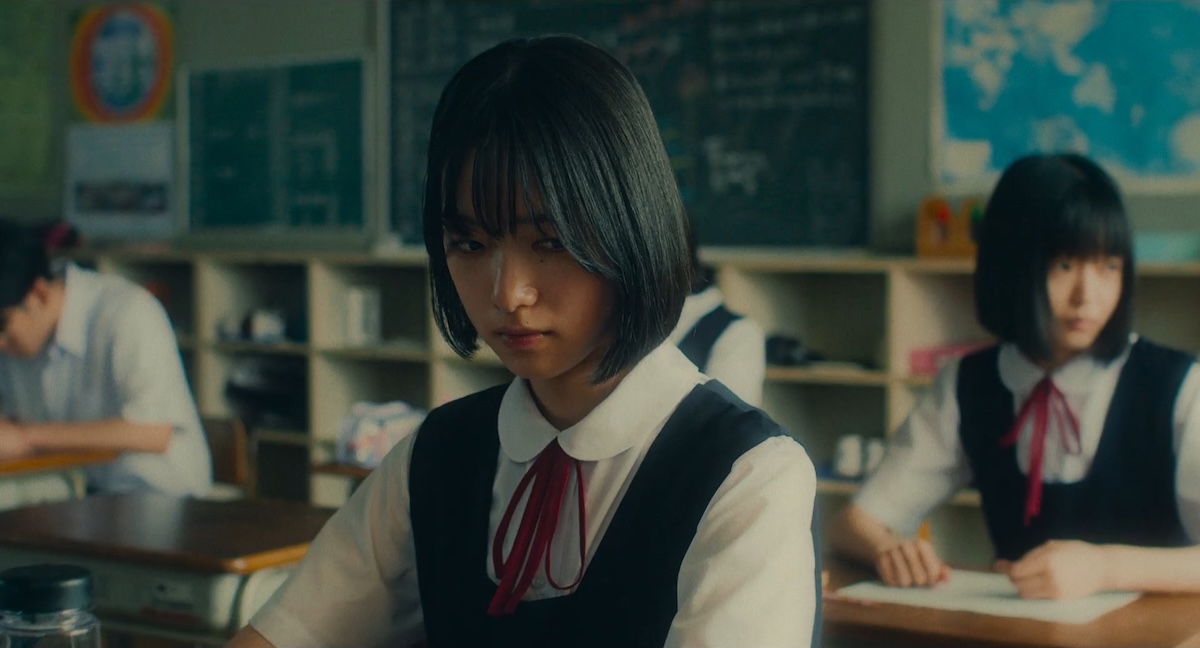
The very real compact cassette is a generational bridging artefact and a vehicle for the intangible emotions contained in the tune. It acts as a potent catalyst for the malicious haunting that multiple characters fall victim to. Sound becomes a literal and symbolic echo of the past and the residual trauma preserved in the song is a conduit for emotional contagion as a form of possession.
As with many of Takashi Shimizu’s dark psychological horrors, grief, longing and unresolved family dysfunction are a trans-generational malady. Time and space distort. Identities become fragmented and some people literally lose themselves while others learn who they really are. Intelligent yet scarily entertaining.
What a perfect double-bill for Halloween!
JAPAN | 2024 | 107 MINUTES | 16:9 HD | COLOUR | JAPANESE

director: Takashi Shimizu.
writers: Rumi Kakuta & Takashi Shimizu.
starring: Marika Yamakawa, Makita Sports & Tomoko Hoshi • Alan Shirahama, Ryôta Katayose, Hayato Komori, Reo Sano, Mandy Sekiguchi, Yûta Nakatsuka, Ryuto Kazuhara & Akari Hayami (Sana) • Nagisa Shibuya, Ikoi Hayase, Soma Santoki & Shôta Sometani (Hear).
